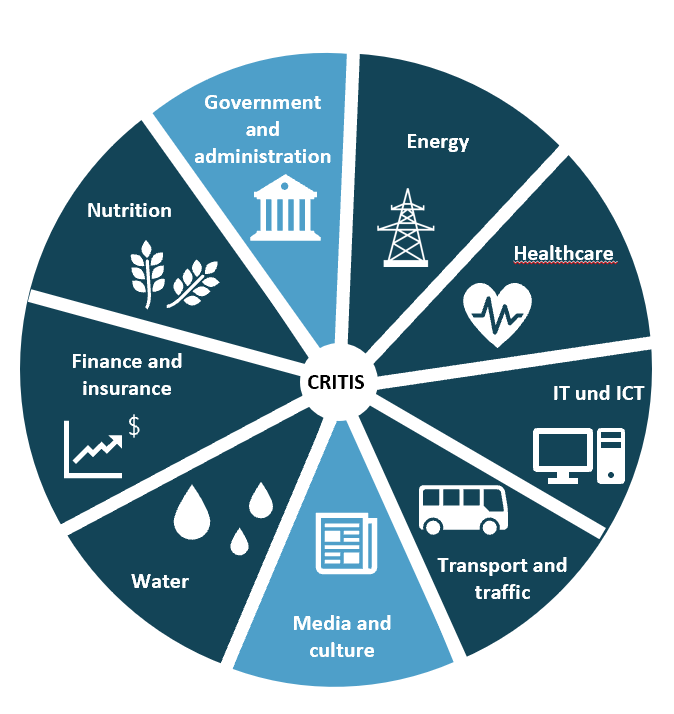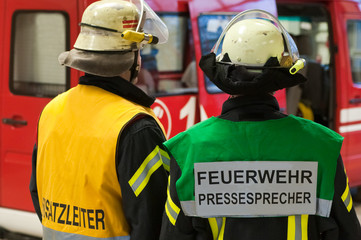crisis communication
Communication after an event always takes place. Therefore, it is not necessary to question whether crisis communication must take place, but only when and how. The basic rule is: As early as possible and as much as necessary! This is the only way to reduce and manage the effects of a crisis. Good crisis communication begins before a crisis with preparation and precaution. It is then called risk communication and serves to identify and minimize risks and to generate risk acceptance. It also creates risk maturity, which enables people to understand, evaluate and combat risks. For this, communication as early as possible is important, as the example of a flood shows. Early information about current events and the indication of an imminent flood generate a higher acceptance for measures after the flood has occurred. Crisis communication can also be used to convey targeted instructions for action, such as: [...]










